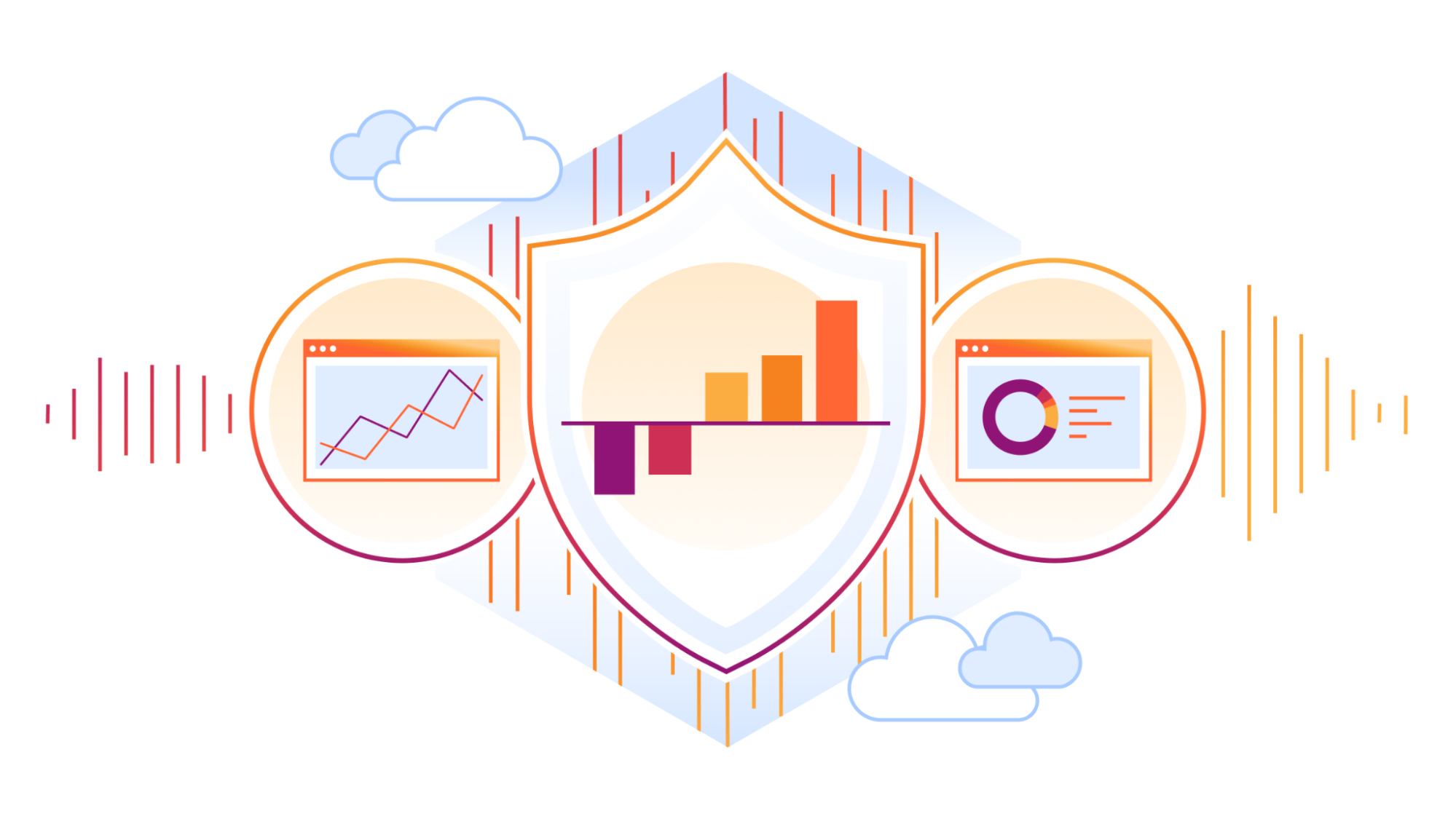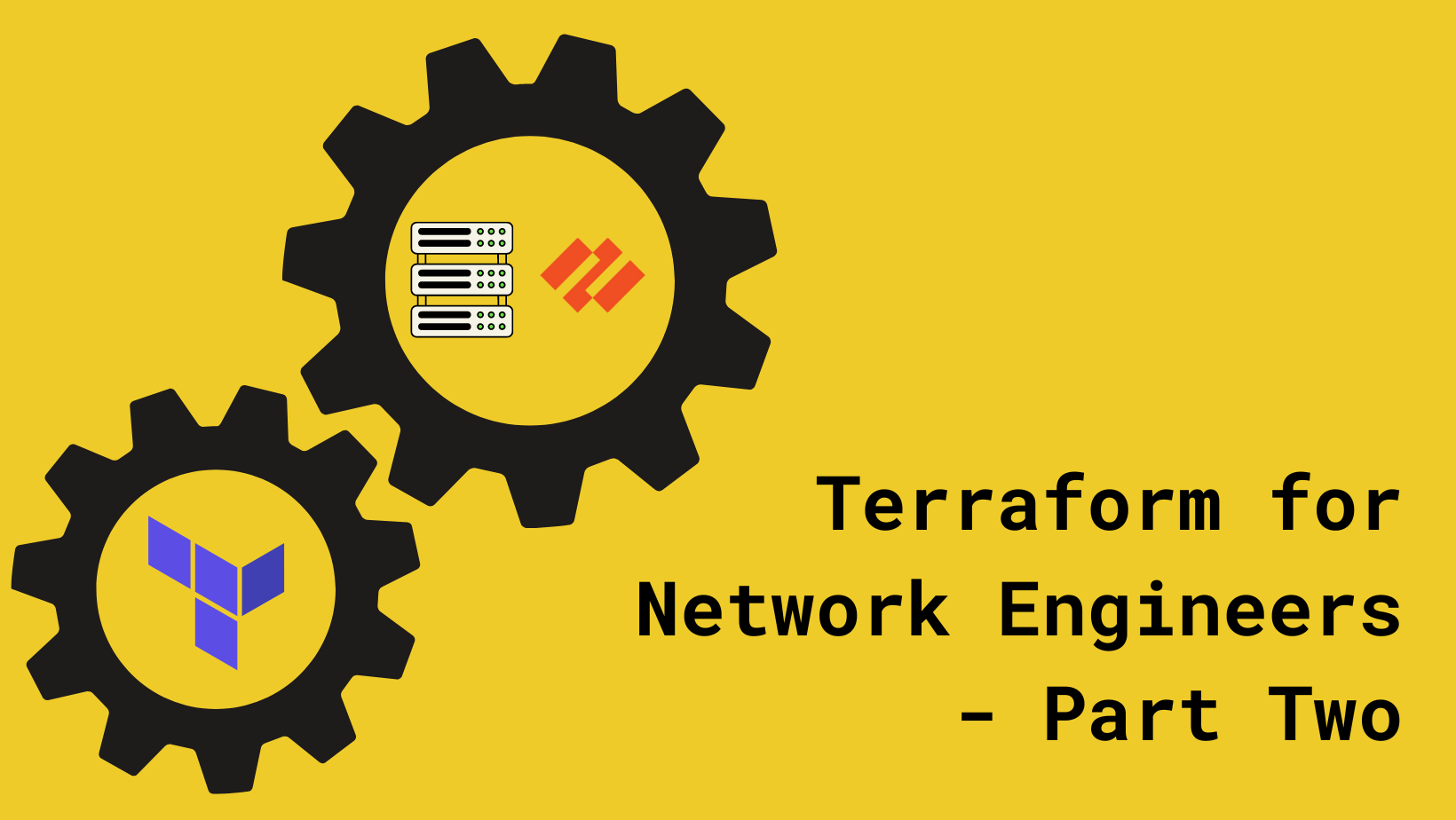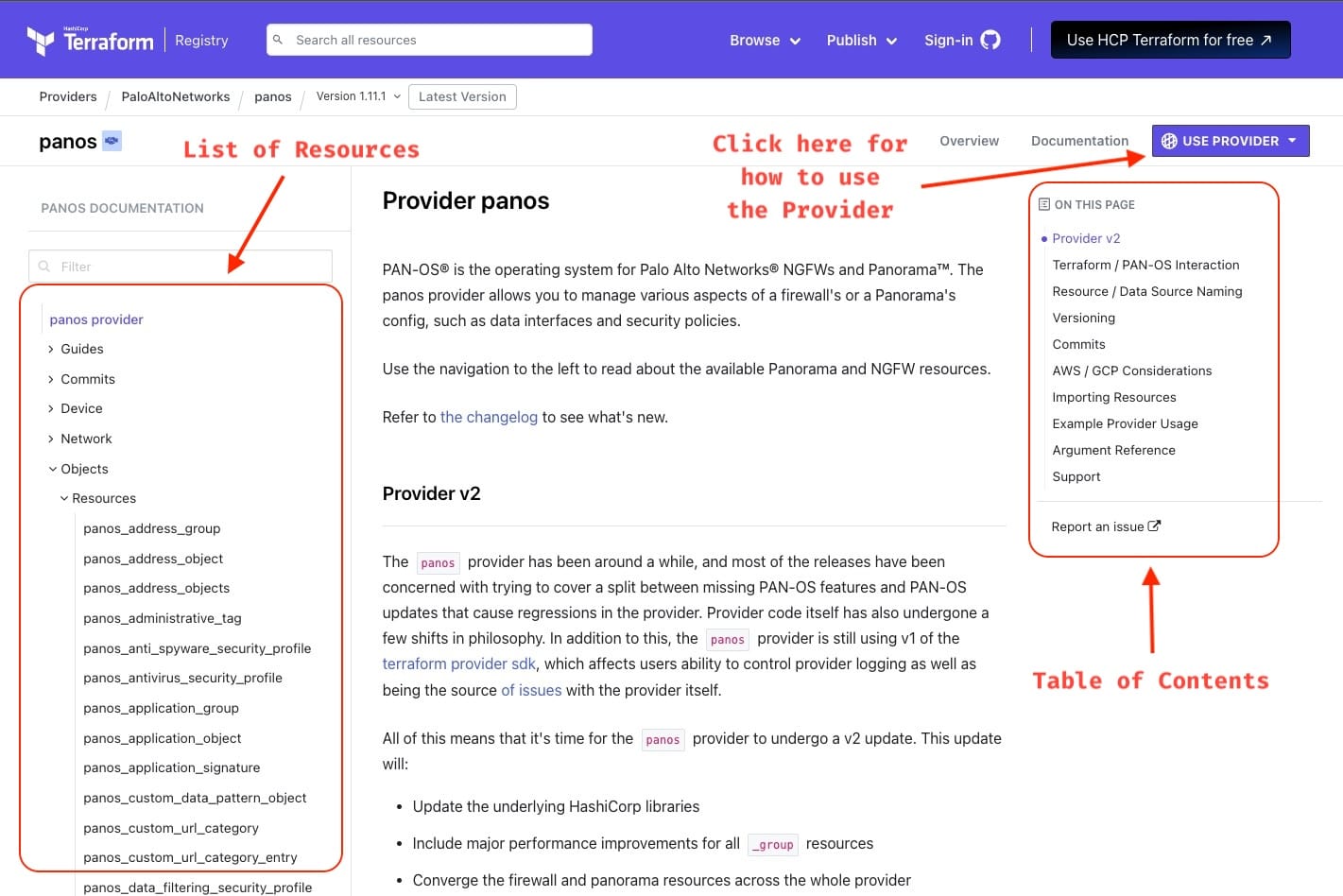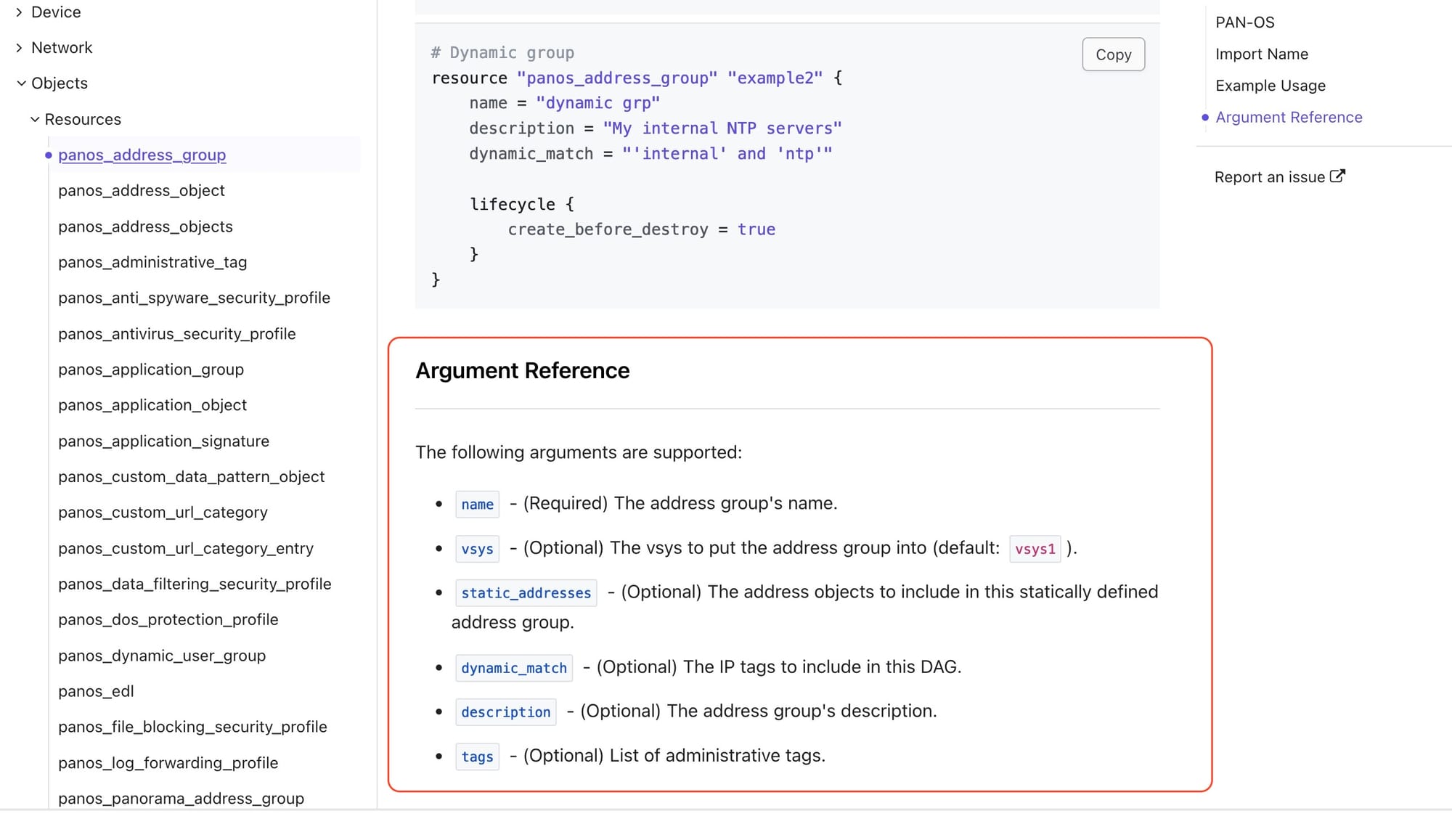Worth Reading: Terminal Line Editing
In another wonderful deep dive, Julia Evans explains why you can’t edit the command line in some Linux utilities like the ancient sh.
You’ll also figure out:
- Why does CTRL-A jump to the beginning of the line?
- How can you enable command line editing in ancient utilities?
Have fun!










